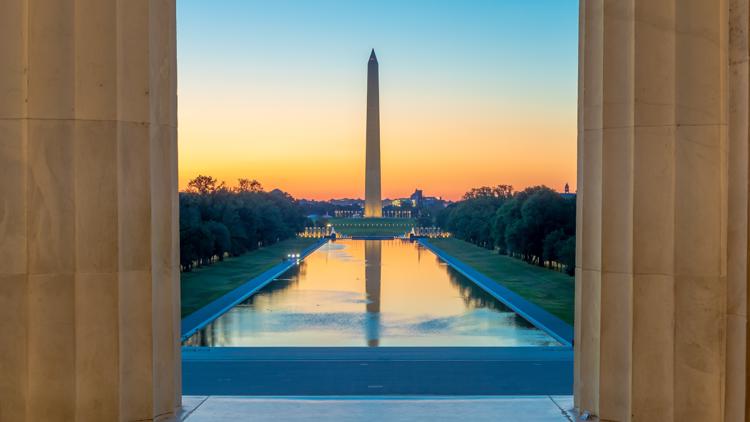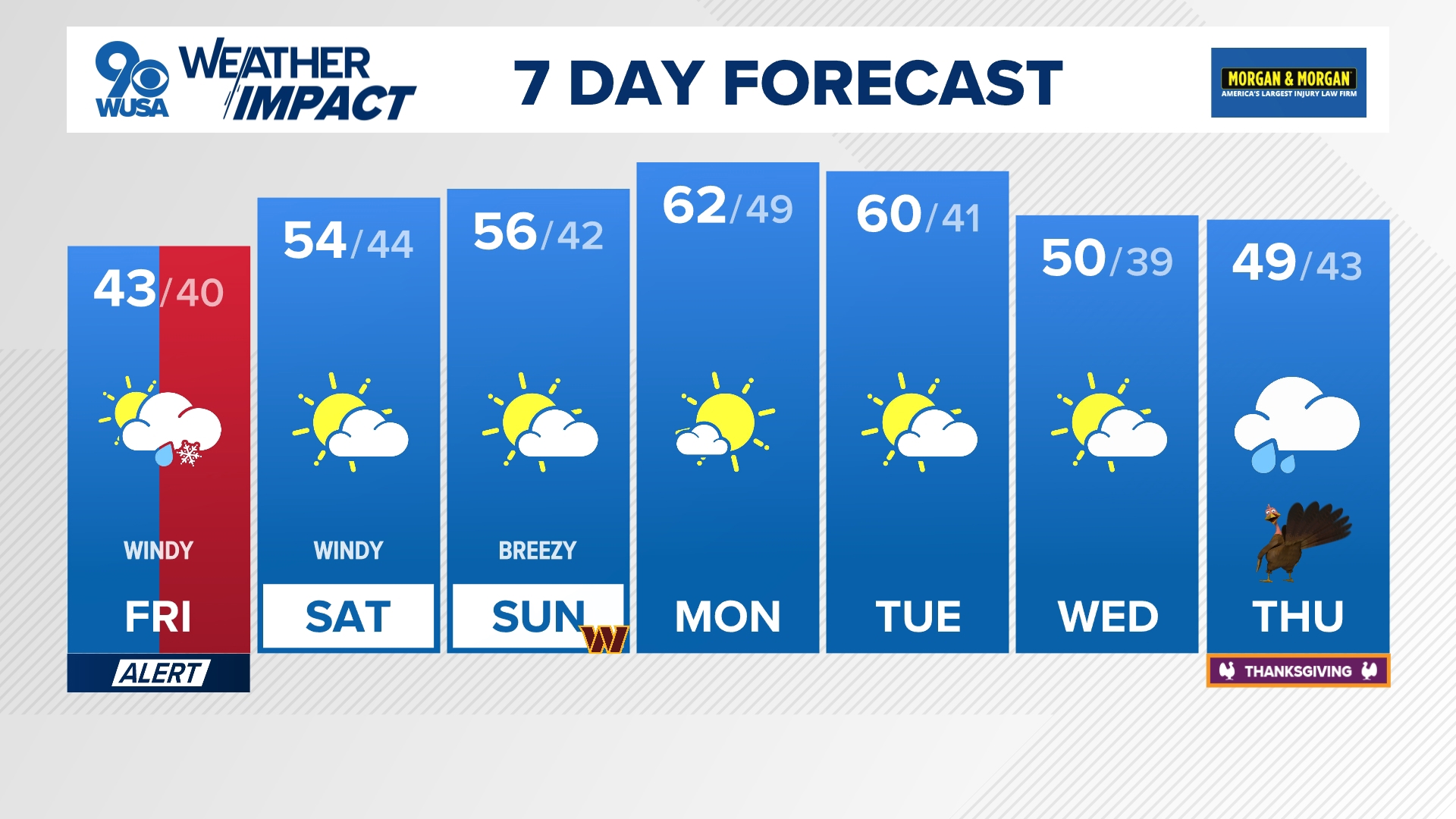WASHINGTON — This summer has gotten off to an unusually hot start in the nation's capital.
D.C. had its second warmest June on record and four consecutive days of triple-digit heat in mid-July. Although it's too soon to tell how this summer will finish up, some have already made comparisons to the infamous summer of 1930.
Weather records in the nation's capital date back to 1871.
The signature weather event last month was an 11-day heat wave that included D.C.'s first 100-degree day (June 22) in nearly eight years. Also, June 2024 finished 3.4 degrees warmer than average. By comparison, June 1930 was also a hot month in the nation's capital which finished 3.2 degrees above average.
However, the key difference is what "average" temperatures were in the nation's capital in 1930 vs. 2024. NOAA uses a running 30-year average that's updated every decade to measure average temperatures and precipitation totals in the United States. For example, NOAA's weather averages since 2021 are from 1991 to 2020. But back in 1930, the 30-year period would have been from 1891-1920. That 30-year period was much cooler than the current 30-year period.
RELATED: DC's new "normals" are warmer than ever
That's why June 1930 could be 3.2 degrees warmer than average with an average monthly temperature (combining daily high/low temperatures) of 75.1 degrees, while D.C.'s average temperature last month was 79.7 degrees.
Washingtonians experienced six days of triple-digit heat in July 1930 and that helped the month finish 4 degrees warmer than average. This month will finish with four days of triple-digit heat but will end with a much higher average temperature. For example, D.C.'s average temperature in July 1930 was 80.4 degrees. So far, this month's average temperature is 84.3 degrees through July 25.
The key reason NOAA's weather averages have increased in recent decades is the expansion of the "urban heat island effect." That refers to the rapid development of urban and suburban areas with more buildings, paved surfaces and a commensurate reduction of green space. Urbanization, combined with an explosion of automobile traffic, has contributed to making the nation's capital a much warmer place.
Despite having six days of triple-digit heat, July 1930 doesn't rank among D.C.'s top 10 warmest on record. Meanwhile this month, with only four such days, is well positioned to finish in the Top 5 for warmest July's.



